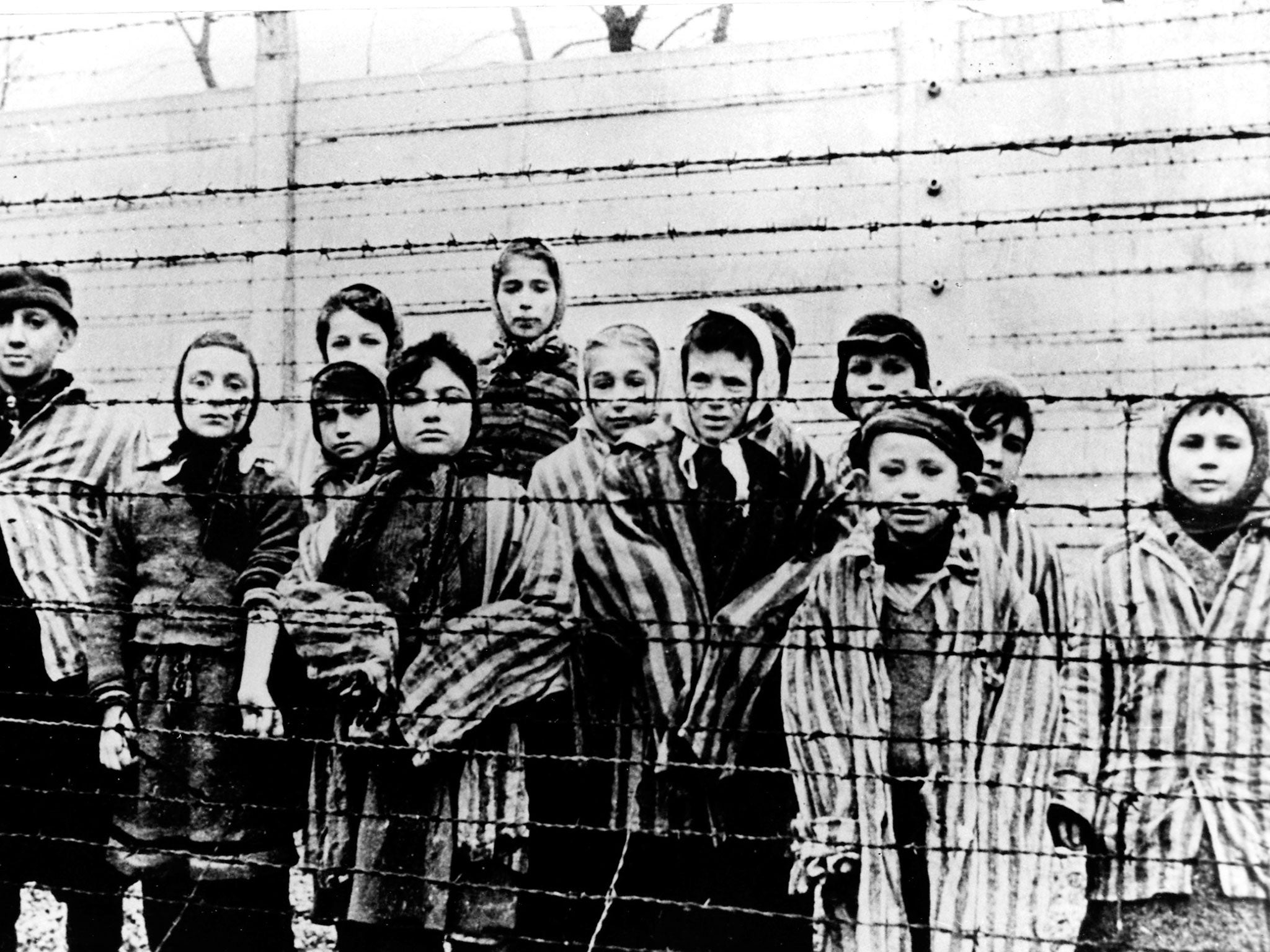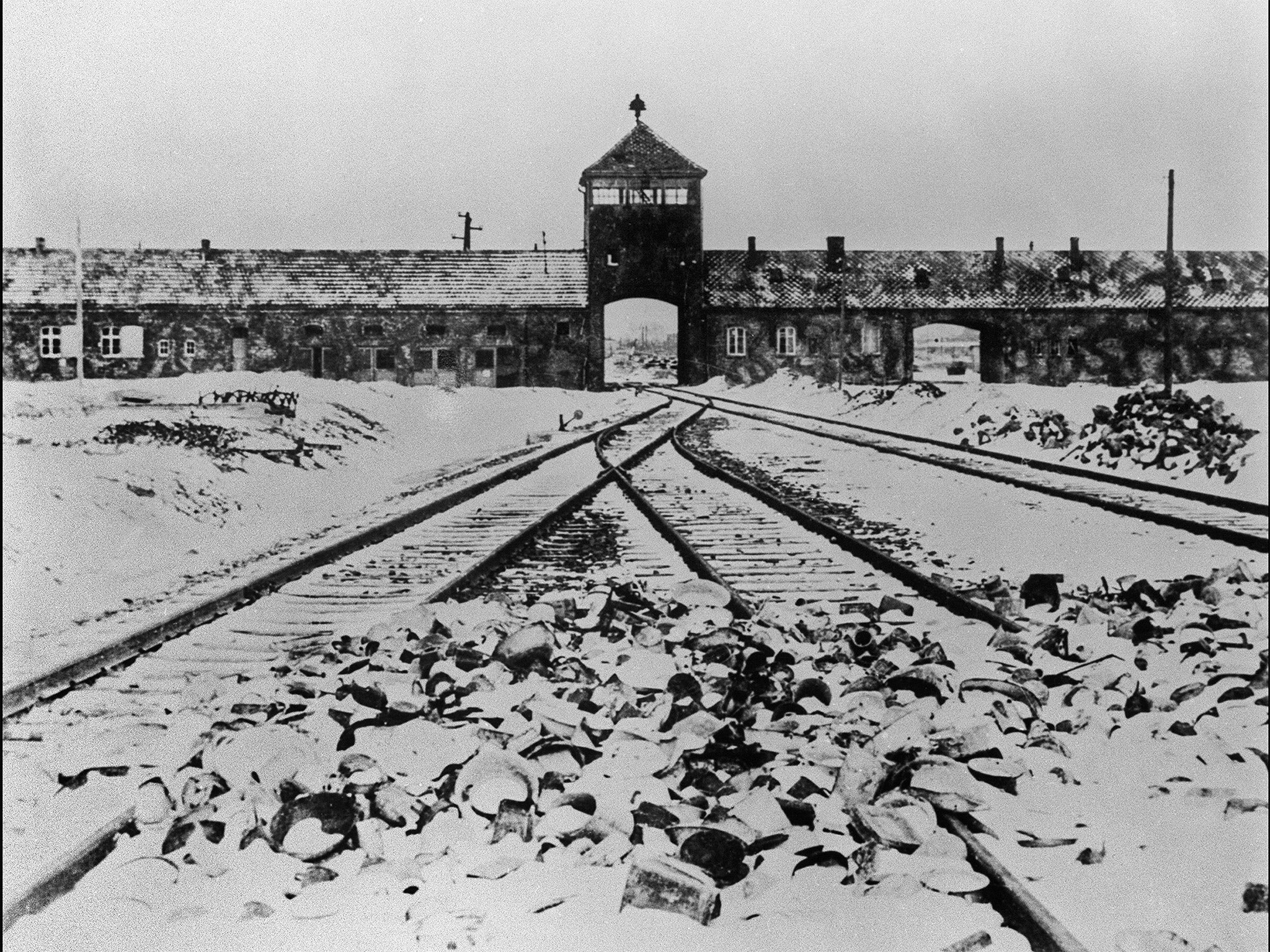Auschwitz: a museum that drives home the horror without help from modern technology
70 years after the camp's liberation, this is still a tale best told without the aid of any interactive devices

With its cork high heel and bright bow, the red sandal might conjure up memories of some bygone sunny afternoon at the seaside.
Yet it stands out like a crimson beacon in its setting: dumped on a mountain of greying and slowly decaying footwear piled up almost 70 years ago.
The sandal is one of tens of thousands of shoes snatched from the 1.3 million victims of Auschwitz before they were dispatched to the gas chambers. Where the others have turned grey with age, this sandal’s red dye has retained its colour.
The shoe mountain is part of the vast collection of so-called “material evidence” which for most visitors to Auschwitz drives home the horror of the biggest and best preserved of the Nazi death camps like a moral sledgehammer.
Piotr Cywinski, the director of the Auschwitz Museum, and his team of historians are committed to keeping the heartbreakingly chilling essence of Auschwitz very much as it was when it opened as a museum created by camp survivors in the communist Poland of the 1950s.
The policy has paid off. Fifteen years ago an average of 400,000 people visited the Auschwitz museum each year. Today, as Auschwitz prepares to mark the 70th anniversary of its liberation by Soviet Red Army troops, the figure has more than trebled to 1.5 million. Around 70 per cent of the visitors are aged 25 or younger. In recent years a record 200,000 have visited from Britain under the “Lessons from Auschwitz” programme.
Mr Cywinski knows that some might think the museum should be moving with the times, embracing multimedia technologies, complete with touch screens and other innovations. But he is determined to resist such a temptation. “I used to think that multimedia was the way to go. I am becoming increasingly convinced that in the case of Auschwitz, the opposite is true. No touch screen can compare with a mountain of human hair. That is tangible evidence of industrial murder,” he said.
Indeed, visitors can still see the brutal phone box-size “standing cells” in which up to four inmates were locked in night after night. The wood around their ventilation holes has been scratched away by the fingernails of suffocating prisoners desperate for air.
The mountain of shoes is only the beginning of the forgotten belongings of the victims. Bunkers piled high with possessions – suitcases, spectacles, toothbrushes, combs, artificial limbs – follow one another in sickening succession. There is even a special cabinet of tiny clothes once belonging to gassed children.

The section ends in a giant bunker containing two tons of human hair that was shorn from the victims after they were gassed. Plaits are still visible. A roll of “hair cloth” which was used to make socks for German U-boat crews stands alongside.
Next week’s anniversary event at the site will focus on the dwindling band, the majority now in their nineties, who survived the death camp. To protect the ageing former inmates, for the first time, a large white PVC canopy has been installed over the watchtowers at the gate of the main Auschwitz-Birkenau camp where the anniversary ceremony will be held.
“It will be the last time that we will be able to mark the anniversary in this way,” Mr Cywinski told The Independent. Ten years ago 1,500 survivors marked the 60th anniversary of its liberation. This year the number is down to 300.
A €120m (£90.2m) international endowment fund has been raised to ensure that even as time moves on, Auschwitz will not be forgotten. New exhibitions are planned on the museum site which will tell the story of the perpetrators of the Holocaust – a subject which has so far been avoided.
The upshot is that touring Auschwitz even on a weekday in January can nowadays be a hurried affair with guides in a rush to funnel visitors past exhibits before the next group arrives. Compared with 20 years ago, the visitor is rarely alone in Auschwitz.
The nearby town of Osweicim has also emerged from the shadow Auschwitz cast over it for the best part of seven decades. In 2010, Darek Maciborek, a Polish radio disc jockey, had the idea of staging a music festival in the town. “The idea was to send out a message of hope from one of the darkest places on earth,” Mr Maciborek says.
Bookmark popover
Removed from bookmarks